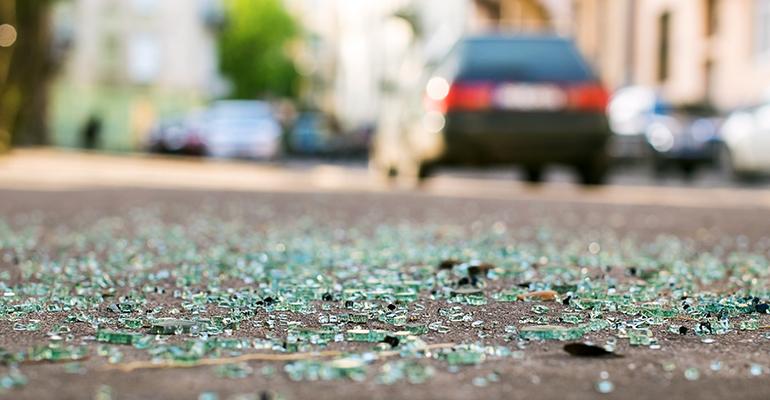What does it take to open and operate a successful restaurant? You create a delicious menu, hire the most talented staff and take all the necessary steps to ensure a safe dining experience for patrons and a safe workplace for your employees.
If you’re lucky, you’ve also secured a prime spot on Main Street that gives you access to other businesses and shoppers looking to dine in your establishment. However, for all the advantages that a central location affords, there are also increased risks that go beyond proper food storage and dining room cleanliness — storefront car crashes.
According to the Storefront Safety Council, a volunteer group dedicated to ending vehicle crashes into buildings, there are more than 60 vehicular crashes into buildings each day across the U.S. On average, these crashes injure 4,000 people and kill more than 500 people each year.
After retail stores and commercial buildings, such as offices, banks and salons, restaurants are the third most common site of storefront vehicle crashes. In the past few months alone, six restaurant patrons were hospitalized in Indianapolis after a vehicle stopped four feet inside a building, and an elderly female passenger was fatally injured in a restaurant crash in Connecticut.
The council’s data shows that the top three causes are pedal error, such as applying the gas rather than the brake; driver operator error that does not involve pedals, such as putting the car in the wrong gear and accelerating in the wrong direction; and driving under the influence.
These causes aren’t new, so what’s behind the uptick? And as a restaurant owner, what can you do to protect your business from increased liability and legal concerns?
Why storefront crashes are on the rise
Distracted driving is likely part of the problem, as the National Highway Transportation Safety Administration finds that 80% of all vehicle crashes involve some form of distraction, like texting, eating or speaking to a fellow passenger.
Another contributing factor is that there are more of us on the road, driving more miles than ever before. The Federal Highway Administration estimates that a total of 3.2 trillion miles were driven in 2016, due in part to lower gas prices and an improved economy. This combination of more cars and more miles driven leads to more accidents.
There’s another disturbing cause at play to look out for: Drivers have been known to purposely cause a storefront crash, often with the intention of stealing cash or product following the crash.
The consequences of crashes
Storefront crashes can no longer be considered unlikely events, since they’re happening so often. The repercussions of these crashes are extensive. Beyond property damage, lost revenue during the structural repair period, and potentially life-threatening injuries, there are new liabilities that you face as a restaurant owner.
With increased media coverage of these events, a higher legal standard is being placed on restaurant owners. Injured people may try to claim that, as an owner, you should have anticipated these types of accidents and planned accordingly.
The ramifications can be significant – take, for example, a storefront crash in Massachusetts that eventually led to a multi-million dollar verdict against the owners of a convenience-store chain for failing to properly protect against this type of crash.
Steps to safety
You do all you can within the confines of your restaurant to provide a safe environment, but how can you protect your business from the unpredictable driving behaviors that exist outside your four walls? Your insurance agent and a safety consultant can help. They can guide you through the proper assessment of your location risk and help put necessary safety protocols in place. Together, you should:
1) Assess your location: Analyze your restaurant’s exposure risks. Do normal traffic patterns around the restaurant present a heightened risk of vehicular accidents? What is the speed limit near your restaurant? Are other businesses located a safe distance away from your building?
2) Secure the perimeter: An increasingly popular option for minimizing the risk from storefront crashes is the installation of American Society for Testing and Materials (ASTM) approved protective barriers, designed to slow or stop a speeding or out-of-control car that’s headed toward a storefront.
3) Evaluate your parking layout: Consider eliminating tight parking and avoid parking lots that direct traffic directly toward the building entrance. If these situations are impossible to change, ASTM-approved protective devices are a smart investment toward keeping everyone in and around your restaurant safe.
William S. Hughes, CPCU, is assistant vice president of commercial lines at the Arbella Insurance Group, overseeing underwriting and loss control. He has 30 years of experience in property and casualty insurance, risk assessment and sales management.





